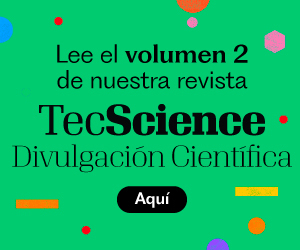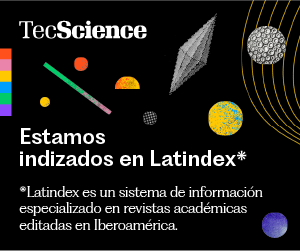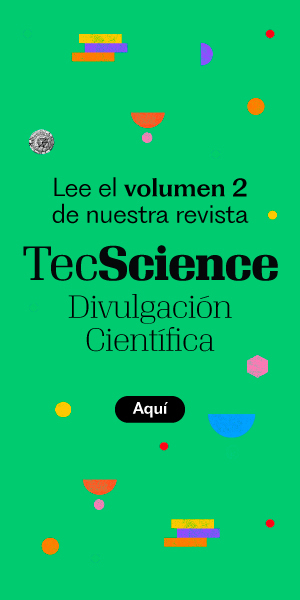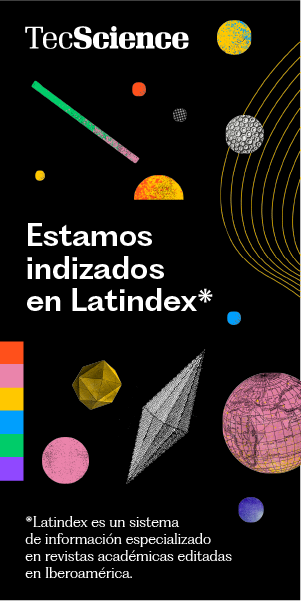By Alba Flores Marroquín / Amateur Science
Reviewed by Pedro Torres Estrada and Sylvia García Mariño
Organized crime has found a dual opportunity in electoral processes: laundering money and securing protection for its interests.
This strategy is known as criminal dumping, an aggressive injection of illicit capital aimed at placing aligned actors in power and manipulating public decisions in their favor. [1,2,3]
Beyond political control, these groups seek access to sensitive information such as security operations, databases, recordings, licenses, or personal addresses. By infiltrating the state apparatus, the risks multiply—ranging from the erosion of the rule of law to direct threats against whistleblowers and opposition figures.
Illicit Financing
During political campaigns, candidates and parties carry out large-scale activities to reach as many voters as possible: mass rallies, billboards, door-to-door visits, media spots, and increasingly, social media campaigns on platforms like Facebook, Instagram, TikTok, or X. [4,5,6]
These actions require significant budgets, which must comply with the law, adhere to spending limits, and ensure transparency. However, when the funds originate from corrupt acts or criminal activities, this constitutes illicit financing, a phenomenon that threatens democratic equilibrium.
In fact, during the preparatory stages of an election and on election day itself, there is an increase in the circulation of money in the economy, along with a rise in corruption cases, electoral violence, assaults, threats, and intimidation of political actors.
Currently, Mexico’s National Electoral Institute (INE) calculates federal public funding for political parties according to the Political Parties Financing Law, granting resources to parties and independent candidates for campaign activities. They may also receive private funding and contributions from supporters, both in cash and in kind. [7]
Nevertheless, political campaigns—due to their intensive need for financial resources—remain fertile ground for money laundering, where various actors seek to legitimize or “clean” illicit profits or funds obtained through corruption in exchange for political favors. [8]
Electoral Funding: A Vulnerable Activity
Political financing can be classified as a highly vulnerable activity in the face of organized crime, as it is through electoral funding that distortions of power can originate and later be replicated in government at all levels.
Some authors point out that there are various actors interested in “investing” in political campaigns, expecting something in return, whether it be money, information, influence, or personal or commercial protection. [9,10,11]
To address this issue, some countries have adopted significant reforms. Peru criminalized illicit campaign financing in 2018; Colombia has penalized exceeding spending limits and accepting prohibited funds since 2017. Argentina, Chile, Costa Rica, Paraguay, and Uruguay have restricted campaign duration, banned anonymous donations, and regulated advertising. [12]
However, a gap remains between the establishment of the rules and their actual enforcement.
In Mexico, reforms have expanded the INE’s powers, which now include a public campaign audit system. Despite this, practices such as the use of shell companies to divert resources continue. [13]
4 Factors That Enable Criminal Dumping
Corruption, organized crime influence, weak legal frameworks, and lack of transparency are the four consistent factors identified in the literature linking “money laundering,” “electoral campaigns,” “political financing,” and “illicit financing”:
- Corruption enables the exchange of favors for financial resources [14,15], allowing organized crime to destabilize institutions and create vicious cycles of insecurity. In some cases, members of criminal networks may collaborate with corrupt governments, paramilitary organizations, and terrorist groups. [16]. Corruption indicators include crime costs, crime incidence, unreported crimes (the “dark figure”), perception of state corruption, electoral crimes, and crimes committed by public officials.
- Organized crime influence is measured by analyzing security perceptions, judicial independence and effectiveness, institutional cooperation, sanctions imposed on political parties or candidates, attacks on journalists, counterfeiting and smuggling, political assassinations, and election-related violence.
- Weak legal frameworks create wider loopholes that facilitate the entry of illicit funds into electoral contests.
- Lack of transparency allows illicit money to flow undetected. While penalties may exist, if they are not strictly enforced, there is greater incentive to break the law and commit electoral crimes.
How to Solve This Problem
The key tasks to address this issue include:
- Strengthening real-time financial monitoring systems during election campaigns.
- Enforcing exemplary penalties for parties and candidates who receive illicit funds.
- Professionalizing the authorities responsible for auditing and supervising electoral finances
These steps are essential to ensure greater transparency and full compliance with the legal framework.
References
- Payan, T., & Torres Estrada, P. R. (Coords.). (2022). Políticas públicas para la prevención de lavado de dinero. Editorial Tirant lo Blanch. ISBN: 978-84-1130-360-6.
- Torres Estrada, P. R. (2021). Extinction of domain as a tool to attack the assets of crime in Mexico’s Northeastern Region. Filodiritto.
- Estrada, P.R.T., Bagatella, J.C.M., Ferrel, C.V. et al. Public policies against criminal assets in mexico: challenges and opportunities from the north border states. Crime Law Soc Change 76, 387–407 (2021).
- Herrnson, P. (1988). The Importance of Party Campaigning. Polity, 20(4), 714-719.
- Curmi, F., Said, E., & Attard, C. (2019). Political Campaign Success Predictors from Social Media Financing. Journal of Management Policy and Practice.
- Grossman, G., & Helpman, E. (2023). Electoral competition with fake news. European Journal of Political Economy.
- Cámara de Diputados del H. Congreso de la Unión. (2014, Mayo 23). Ley General de Partidos Políticos. Ciudad de México, México. Retrieved from https://www.diputados.gob.mx/LeyesBiblio/pdf/LGPP.pdf
- Guillén Reyes, A., & González Jaramillo, S. (2018). Financiamiento y gasto ilegal en las campañas electorales. In A. Guillén Reyes, S. González Jaramillo, & S. Msatretta Guzmán, Dinero ilegal, elecciones y violencia en Puebla. Episodio 1: 2018 (pp. 15 – 25). Puebla : Puebla contra la corrupción y la impunidad .
- Silverman, J., & Yochum, G. (1980). The market for special interest campaign funds: An exploratory approach. Public Choice, 75-83.
- Baron, D. P. (1995). The nonmarket strategy system. Sloan Management Review(37), 73-85.
- Lux, S., Crook, T. R., & Woehr, D. (2020). Mixing business withpolitics: a meta-analysis of the antecedents and outcomes ofcorporate political activity. Journal of Management, 1(37), 223-247.
- IDEA. (2015). El financiamiento de los partidos políticos y las campañas electorales. Manual sobre financiamiento político. Estocolmo: IDEA Internacional. Retrieved from https://www.idea.int/sites/default/files/publications/el-financiamiento-de-los-partidos-politicos-y-las-campanas-electorales.pdf
- Secretaría de Hacienda y Crédito Público. (2023). Evaluación Nacional de RIesgos de lavado de dinero y financiamiento al terrorismo. México: SHCP.
- Barnett, N., & Sloan, A. (2018). Democracy in the crosshairs: How political money laundering threatens the democratic process. Atlantic Council. Eurasia Center.
- Ugalde, L. C. (2020). Financiamiento ilegal de las campañas políticas en México. In L. C. Ugalde, & S. Hernández Quintana, Elecciones, justicia y democracia en México. Fortalezas y debilidades del sistema electoral 1990-2020 (pp. 691-716). Ciudad de México: TEPJF.
- Pulido-Gragera, J., & Sansó-Rubert Pascu, D. (2020). Corruption in Spanish Democracy. An approach since criminal and political aspects. Revista Latinoamericana de Estudios de Seguridad, 105-122.
Author
Alba Flores Marroquín is a Master’s student in Public Administration and Policy at the School of Government and Public Transformation, Tecnológico de Monterrey.
Reviewers
This text was reviewed by Pedro Rubén Torres Estrada, research professor at the School of Government and Public Transformation at Tecnológico de Monterrey, and Sylvia Camila García Mariño, professor at the School of Social Sciences and Government at Tecnológico de Monterrey.
















